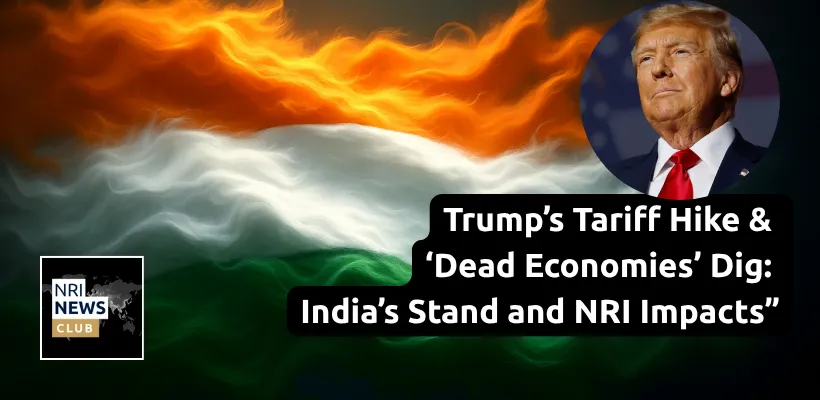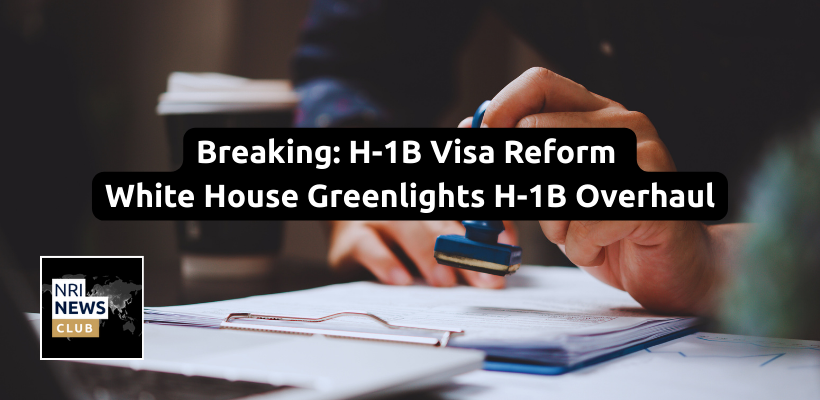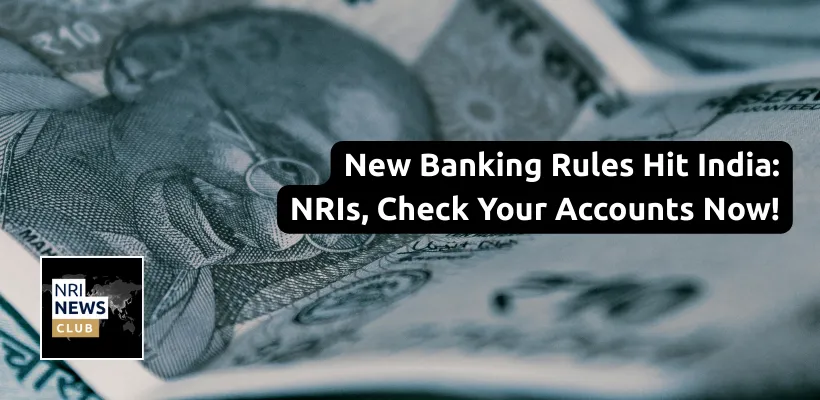On July 30, 2025, US President Donald Trump escalated trade tensions with India, announcing a 25% tariff on all Indian goods effective August 1, 2025, alongside an unspecified penalty for India’s trade with Russia. In a provocative Truth Social post, Trump further labeled India and Russia as “dead economies,” dismissing their trade ties and warning of economic consequences. This article explores India’s response, the implications for Non-Resident Indians (NRIs), and reactions from stakeholders, as the US-India partnership faces a critical test.
Trump’s Tariff and Penalty: The Details
Trump’s announcement targets India’s $45.8 billion trade surplus with the US in 2024 and its continued imports of Russian oil and military equipment. The 25% tariff, down from an earlier 26% threat in April, affects India’s $86.5 billion in goods exports to the US, including textiles, pharmaceuticals, and electronics. The unspecified penalty, tied to India’s energy and defense purchases from Russia, aims to pressure New Delhi over its neutral stance on the Russia-Ukraine conflict. Trump’s “dead economies” remark, posted on Truth Social, stated, “I don’t care what India does with Russia. They can take their dead economies down together, for all I care,” escalating diplomatic friction. This follows stalled US-India Bilateral Trade Agreement (BTA) talks, with no deal reached despite five rounds of negotiations.
India’s Measured Response
India’s Ministry of Commerce and Industry responded cautiously, stating it is “studying the implications” of Trump’s tariff and penalty while reaffirming its commitment to a “fair, balanced, and mutually beneficial” trade deal. Commerce Minister Piyush Goyal, addressing the Lok Sabha on July 31, emphasized protecting national interests, particularly for farmers, entrepreneurs, and MSMEs. “The Government will take all steps necessary to secure our national interest, as has been the case with other trade agreements,” Goyal said, referencing India’s recent Comprehensive Economic and Trade Agreement with the UK. New Delhi faces a strategic dilemma: retaliate with counter-tariffs, risking a trade war, or intensify negotiations to mitigate the impact.
Economic Implications for India
The tariffs and penalty pose significant risks to India’s economy, the world’s fifth largest and among the fastest-growing:
-
Export Hit: The 25% tariff could reduce India’s GDP growth by 0.2-0.4%, with sectors like textiles ($8 billion in US exports), pharmaceuticals ($10.5 billion), and electronics ($14.6 billion) facing higher costs. Notably, smartphones and pharmaceuticals are currently exempt, but their inclusion remains a risk.
-
Energy Costs: The penalty on Russian oil, which accounts for 35% of India’s oil imports, could force reliance on pricier alternatives, fueling inflation and raising living costs.
-
Market Reaction: Indian stock markets lost ₹5 lakh crore in 15 minutes on July 30, reflecting investor concerns, though they later recovered.
Industry leaders expressed disappointment. Harsha Vardhan Agarwal, President of FICCI, called the tariffs “unfortunate” but hoped for a temporary measure, urging a swift trade deal. ICRA Chief Economist Aditi Nayar warned that the penalty’s scale could further dent GDP growth.
Political Reactions in India
The “dead economies” remark sparked sharp domestic reactions. The Congress party criticized Prime Minister Narendra Modi’s “friendship” with Trump, referencing the 2019 “Howdy, Modi!” event. “The country is now bearing the cost of Narendra Modi’s ‘friendship’,” Congress posted on X, labeling India’s foreign policy a failure. Congress MP Mallu Ravi called Trump’s move a “threat” to India, demanding a strong response, while Rajiv Shukla warned of losses for Indian businesses. Conversely, BJP MP Pratap Sarangi expressed confidence in Modi’s leadership, predicting a “strong counter-strategy.”
NRI Implications: Economic and Personal Impacts
For NRIs, particularly the 4.4 million in the US, Trump’s actions carry direct consequences:
-
Financial Strain: Higher tariffs could reduce the competitiveness of Indian goods, impacting NRI investments in India’s export sectors. “My stocks in Indian pharma companies are taking a hit,” a US-based NRI shared on Reddit. Remittances to India may lose value as inflation rises.
-
Family Support: With potential energy cost hikes in India, NRIs supporting families face increased financial burdens. “My parents in Mumbai are worried about rising fuel prices,” an NRI in California noted.
-
Tech Sector Risks: Trump’s anti-outsourcing rhetoric, combined with tariffs, threatens IT jobs, a key NRI employment sector. The end of the H-1B Dropbox waiver on September 2, 2025, further complicates mobility.
Read More: U.S. Visa Interview Waiver Rules Tightened: What H-1B and Other Visa Holders Need to Know
Geopolitical Fallout
Trump’s tariffs and inflammatory rhetoric strain the US-India strategic partnership, critical for countering China. India’s reliance on Russian oil (35% of imports) and arms (though diversifying to US and French suppliers) reflects its energy needs and historical ties. Anupam Manur, an economics professor at The Takshashila Institution, warned that repeated US sanctions threats could erode trust, weakening perceptions of the US as India’s “natural ally.” Trump’s simultaneous deal with Pakistan to develop its oil reserves adds tension, given India-Pakistan rivalry.
Looking Ahead: India’s Options
With the August 1 deadline imminent, India faces three paths:
-
Negotiation: A US trade team is expected in India in August to resume BTA talks, aiming for a fall deadline. A deal could lower tariffs, but India’s resistance to opening agricultural markets remains a hurdle.
-
Retaliation: Counter-tariffs risk escalating tensions but could protect national pride. Ajay Srivastava of the Global Trade Research Initiative noted India is “not significantly worse off” than countries conceding to US demands.
-
Diversification: India may deepen trade with the EU, UK, or ASEAN to offset US market losses, while exploring alternative oil suppliers.
For NRIs, staying informed is crucial. The tariffs could intersect with 2025 tax changes (e.g., Income Tax Bill 2025) and visa challenges, impacting financial planning. Joining platforms like UPI for seamless remittances or investing in resilient sectors like Indian real estate (17% NRI-driven sales) could mitigate risks.
Join the Conversation
NRI News Club will continue tracking this story. How are Trump’s tariffs and “dead economies” remark affecting your life or investments? Share your thoughts on our Reddit Community or follow updates on our WhatsApp Channel.






